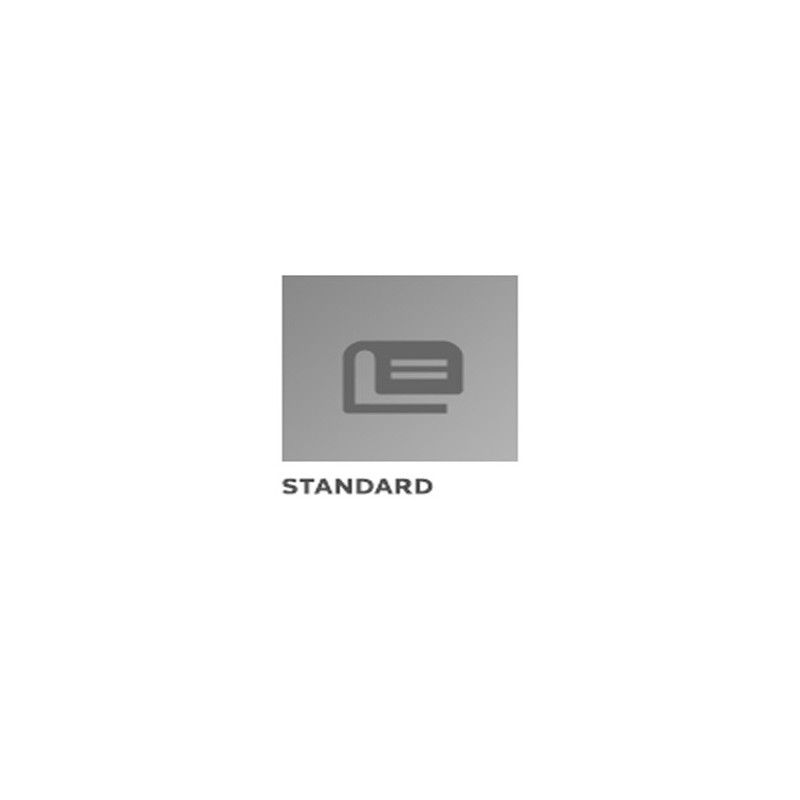Description / Abstract:
This SAE recommended practice specifies a standard geometry leak
channel to set the leak threshold and compare results from a
variety of leak test technologies and test conditions. This
practice applies to fuel system assemblies and components which
have a risk of allowing regulated fuel or fuel vapors to
continuously escape to atmosphere. A component or assembly tested
to this standard has a zero HC leakage threshold because the
selected leak channel (Equivalent Channel) will self-plug and will
not emit measurable hydrocarbon liquid or vapors. Therefore this
standard eliminates leaks as a source of evaporative emission. This
practice was primarily developed for pressurized and nonpressurized
fuel systems and components containing liquid hydrocarbon based
fuels.
Purpose 1.1.1 Provide generic leak tightness specifications
based on an Equivalent Channel (or maximum allowed microchannel
type of defect).
Define specific Equivalent Channel sizes for fuel line
assemblies, vapor management components and fuel tank assemblies
that will result in no hydrocarbon SHED detectable emission due to
leaks..
Specify leak Test Method's Requirements and Practices to set up
and qualify a leak test methods and compare dissimilar test
conditions.
NOTE: It should be noted that fuel components and systems
normally exposed to fuel fluids (liquid and vapor) are tested to
meet HC emission requirements with test methods utilizing
compressible, non-hazardous gases such as air, nitrogen, and
helium.


